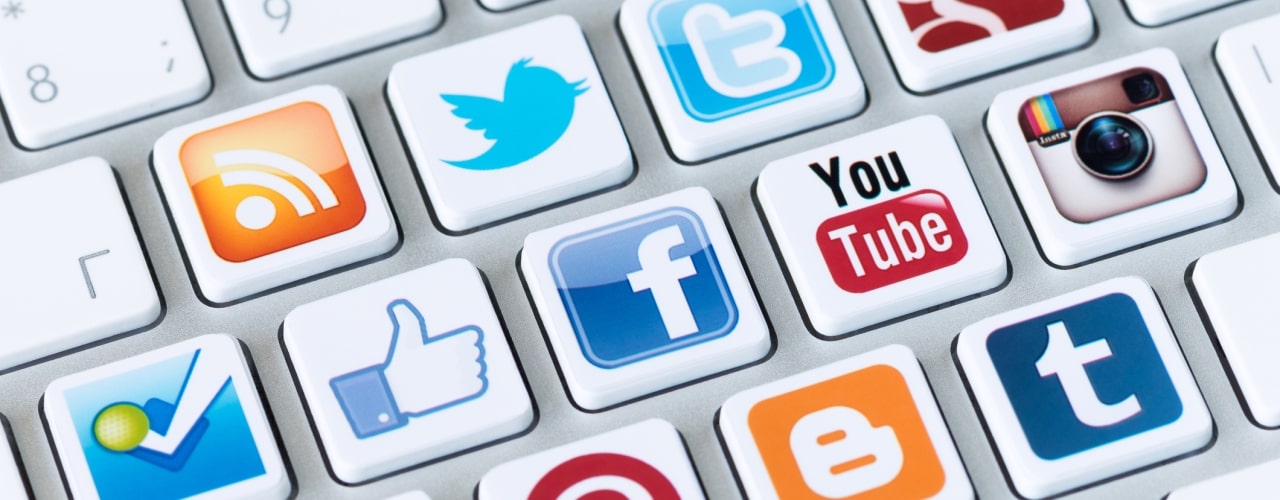Twitter has not historically been viewed as a customer service platform but the thing about this form of social media is that, whether you like it or not, if you’re interacting with followers via Twitter then you are in fact engaging in social customer service. You may have noticed how many more requests for help now come in via Twitter – as the platform is viewed by consumers as a fast and efficient way to engage with a brand this is actually not that surprising and is likely to increase. Unfortunately, for many businesses this new volume of customer communication is starting to trip them up. Whilst the number of tweets and direct messages from customers to companies has vastly increased, response times remain slow – 10+ hours in many cases.
What Twitter offers is essentially a straightforward way to maintain a customer service channel that your customers will really appreciate for its personable tone and speed of response. However, a lack of resources to manage an account, or failing to recognise that if you’re a business with a Twitter account then you’re open for customer service via Twitter, can be damaging. Ignored messages can enrage customers and failing to provide adequate service levels can seriously damage a business’ image. So, how do you go about using Twitter effectively for customer service?
Make sure you channel resources into social media
A couple of years ago you might have assigned an intern to ‘look after’ your social media accounts. Now, however, as the importance of channels such as Twitter has grown, this has become a key business area that requires adequate allocation of resources. If you have the staff then appointing a ‘social media manager’ means that someone within the business is constantly responsible for what is happening to the company’s Twitter account. Although this kind of position might have seemed unnecessary for any organisation other than the most cutting edge companies several years ago, it’s now becoming as key to a business as the HR team and marketing manager.
Ensuring someone is there to monitor your Twitter following is important
It is a full time job managing a Twitter account for a large business with thousands of followers and whether or not this is done properly can have a significant effect on PR. For example, Twitter can be used to deflect upcoming PR disasters by managing customers expectations – such as an airline tweeting about delays in advance. On the flip side, a badly managed Twitter account with little interaction and useless content will turn customers off not only from your Twitter but also from the business as a whole.
Social listening is useful
This might sound rather creepy but social listening is essentially scanning social media channels to see what people are saying about your business. The advantage is that you can respond, that you get to join in the conversation and that you can proactively head off any potential PR disasters that are clearly brewing but not currently directly aimed at your business’ Twitter account. Monitoring and alert tools – such as Mention or Twilert – are very useful for identifying exactly what people are saying about your business without spending time physically searching. Alerts can be set up for all sorts of digital mentions, including hashtags, keywords, brand names or locations and you will be sent a message as soon as any of these appear online. These types of services can help avoid the human errors in spotting issues that so often lead to quickly escalating PR disasters.
Try to respond
There are two elements to business responses via Twitter and these are: expediency and appropriateness. The key is to catch customers as they make the comment, particularly if this is negative. Increasingly, people are turning to Twitter to vent their frustrations with products and services and when these tweets go unanswered there is both a lingering sense of the complaint having legs and a building frustrating for the customer who is basically being completely ignored.
So, when you have sufficient resources in place to manage your Twitter account, ensure that you set response times that must be met. It’s also a good idea to have a set of guidelines on how to respond to tweets, particularly those of a negative nature, which often make up the bulk of communication. There are numerous examples of business Twitter accounts where the person managing the feed has gone off piste and become drawn into an argument, used swear words, or simply been rude or dismissive in a response. Yes, social media can appear a much more casual way of interacting with customers but the need for professionalism should not be overlooked. Responses should be personal but still proper and the old adage that ‘the customer is always right’ should be applied to the extent that the business should always attempt to be the peacemaker.
Don’t use auto-responses
Even if you’re really struggling to find the resources to man your Twitter account, avoid auto responses at all costs. These tend to just anger customers who have contacted a business looking for a genuine, personal response to something that has upset them. In fact, opting for an auto response on your Twitter account can be really damaging as it’s a sure-fire indicator that little or no attention is being paid to it – which will make the customer feel like they have wasted their time. It might seem like a quick fix to the situation but consumers have now become used to getting great customer service via Twitter and so any business that attempts to take short cuts like this is just going to end up looking inadequate.
If your business is using Twitter then there’s no getting away from the fact that you are now in the sphere of social media customer service. Rather than ignoring the obligations this brings, by introducing a few of the above ideas you can end up with a fantastic new channel for increasing customer loyalty and providing a better and more efficient service all round.

